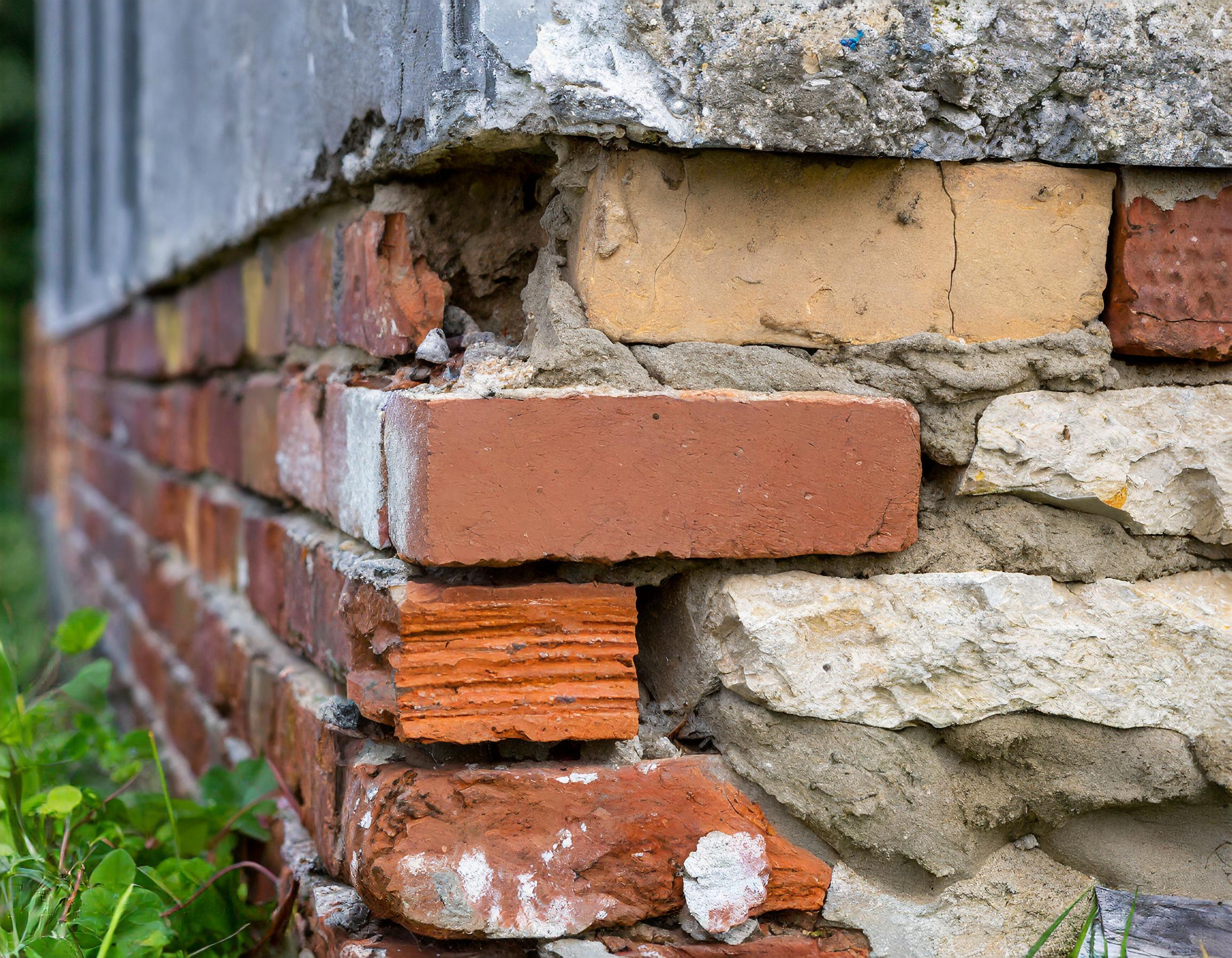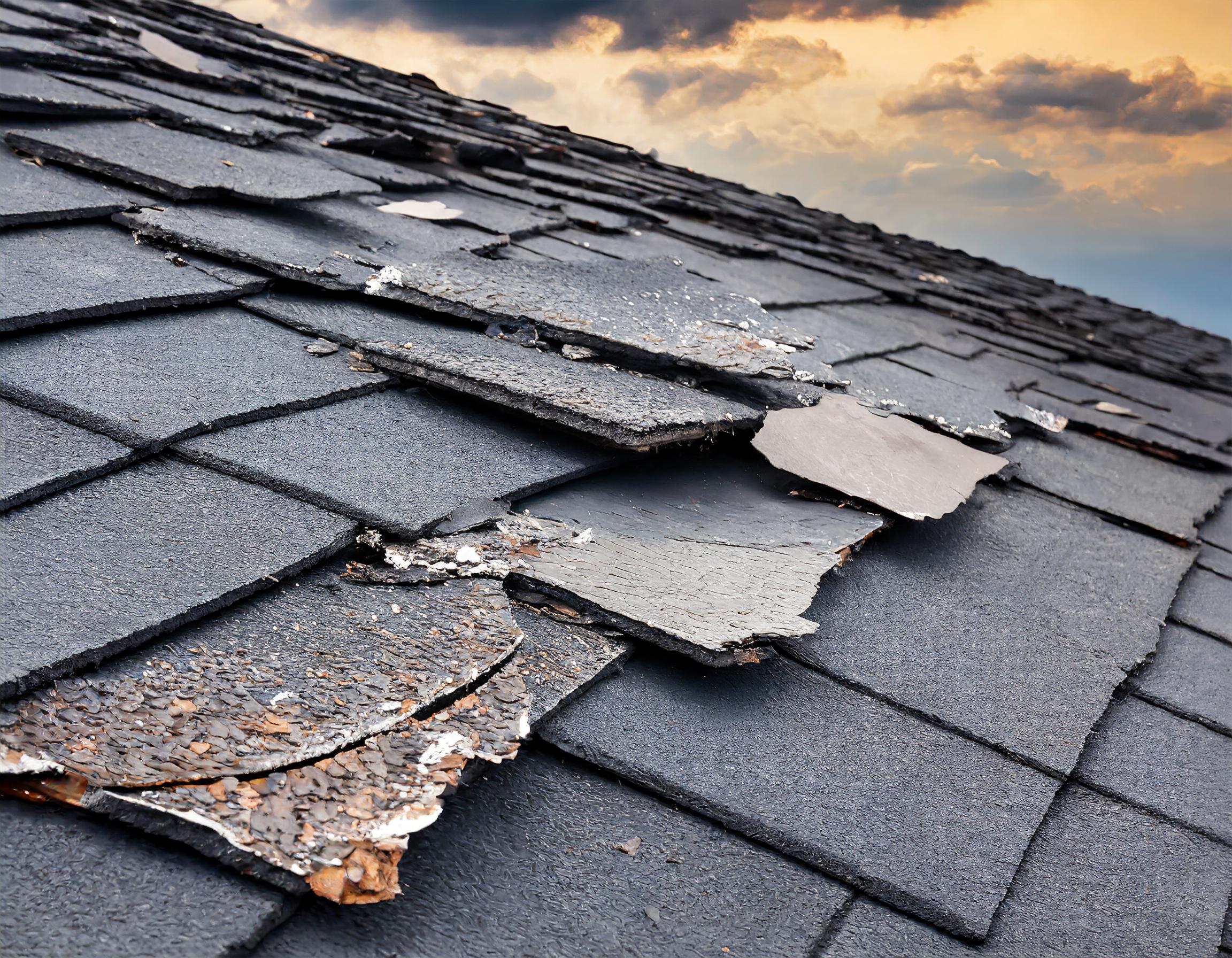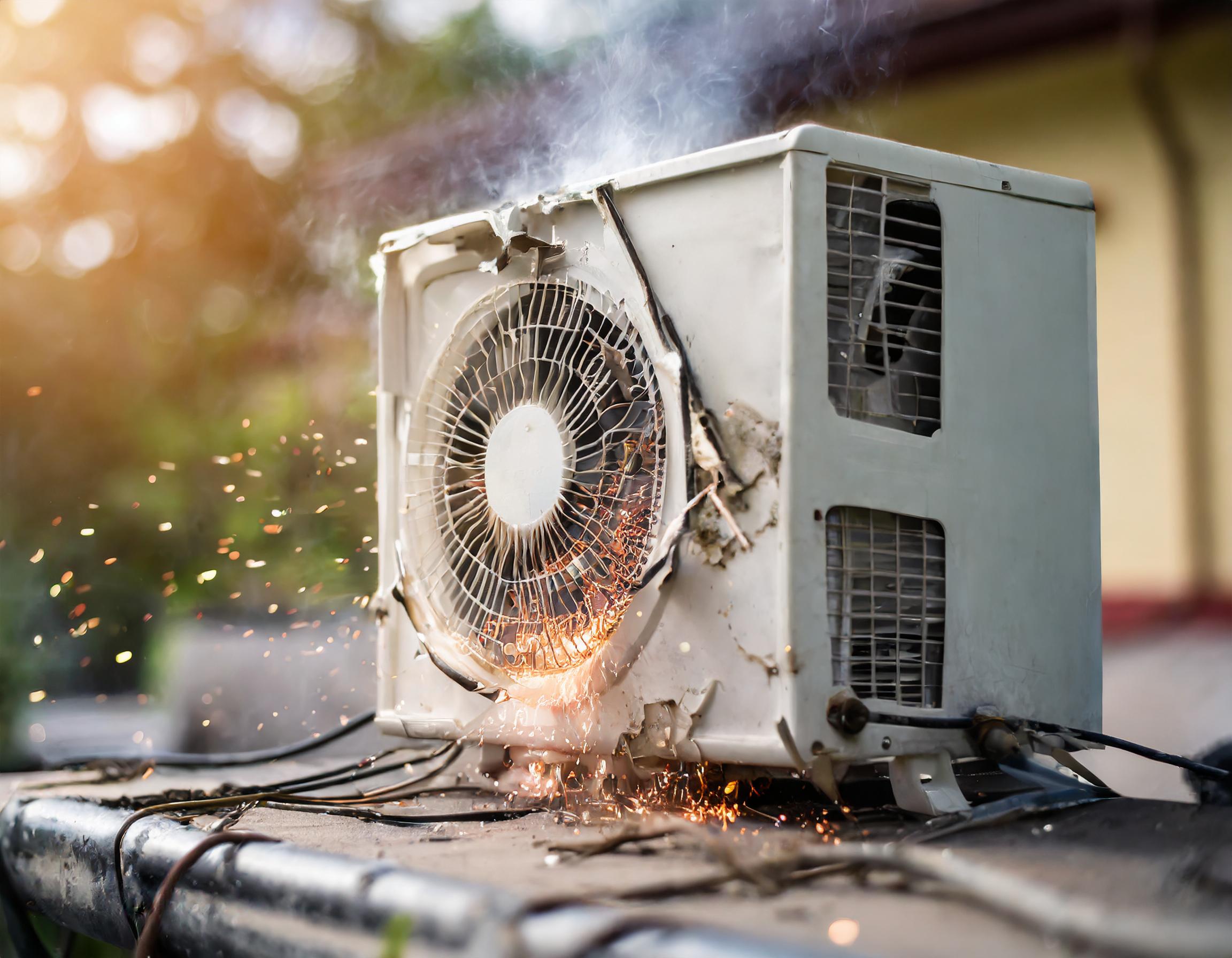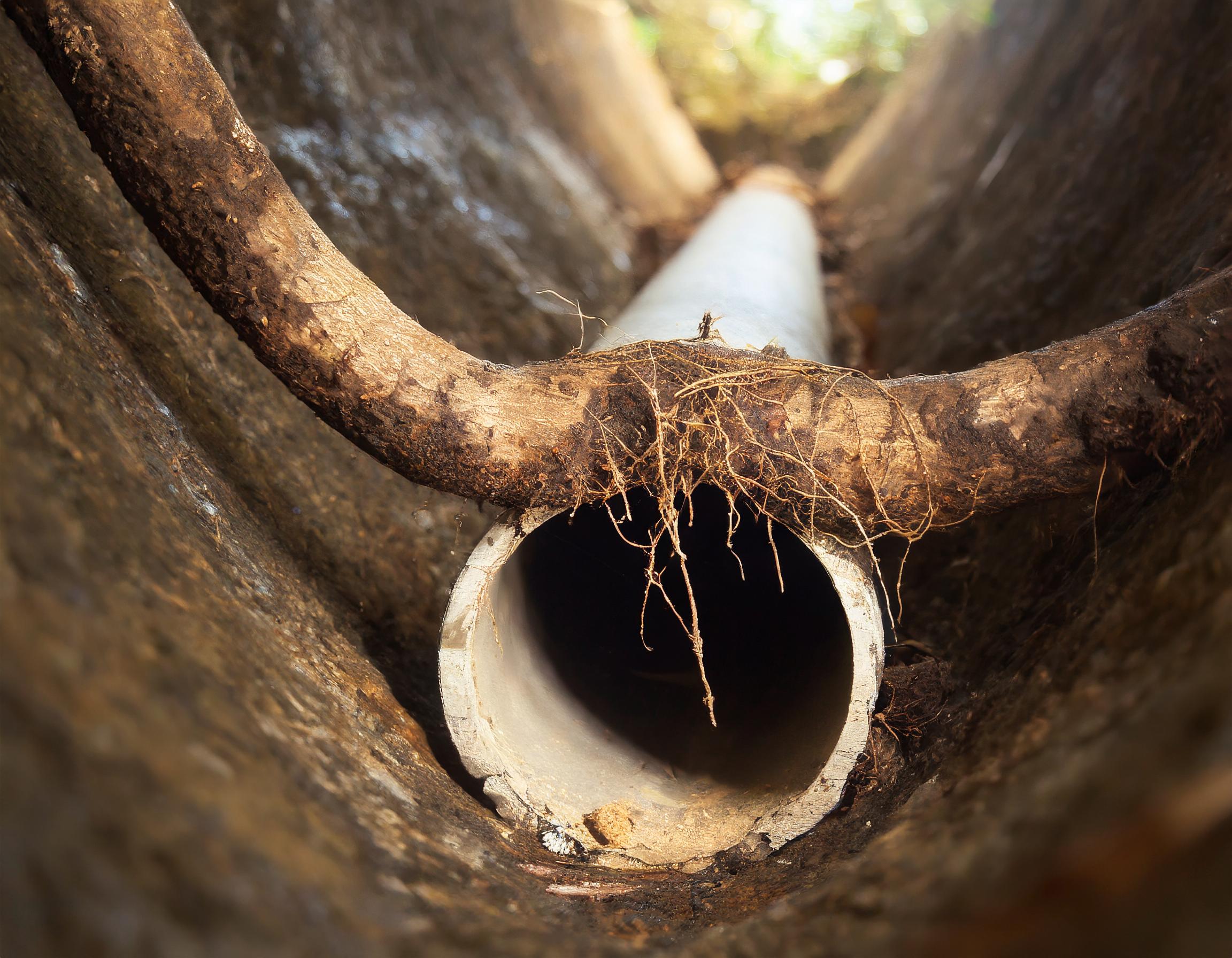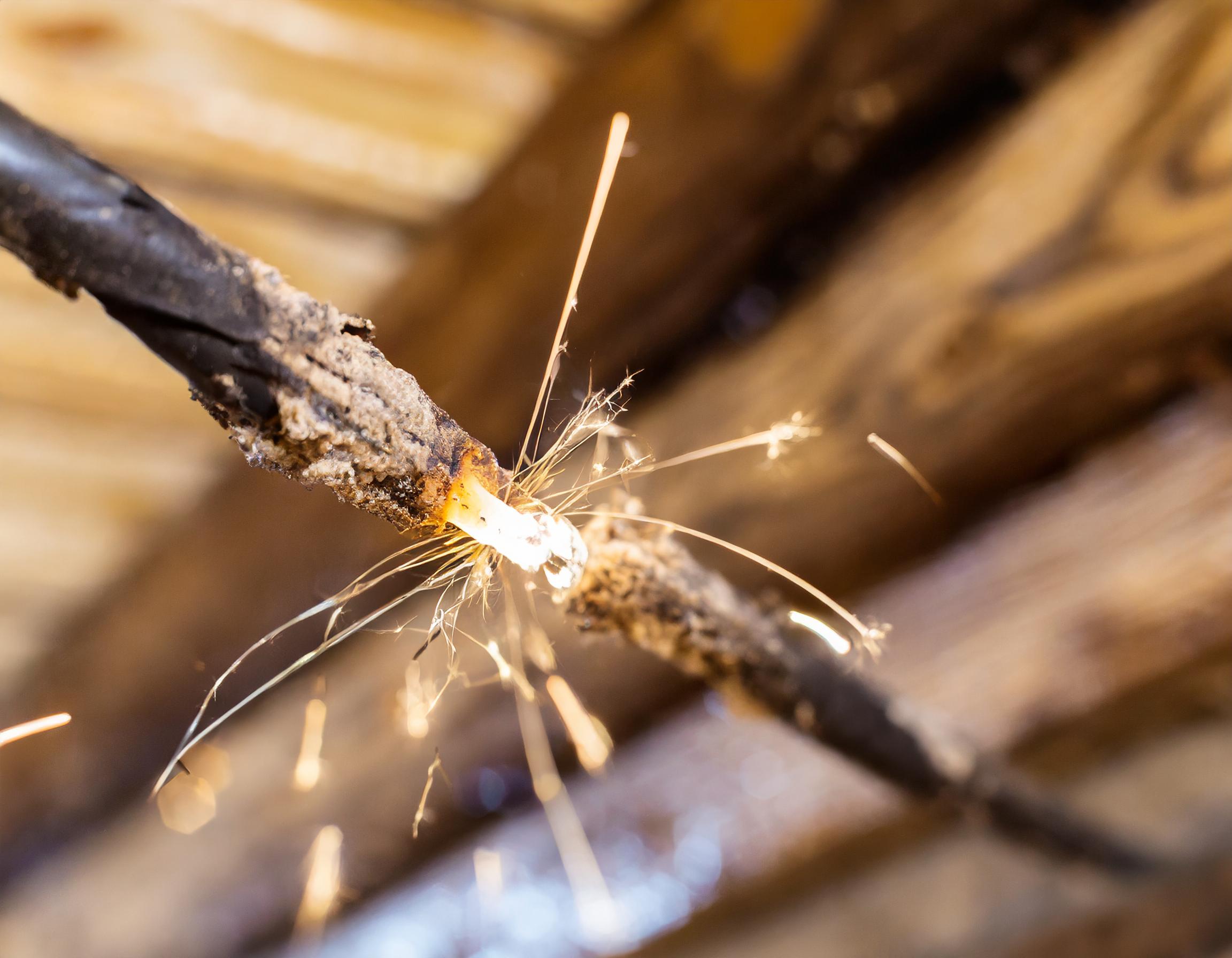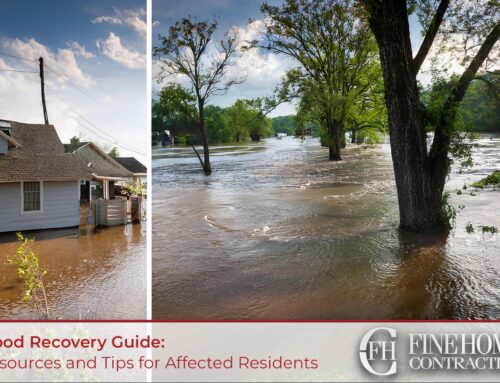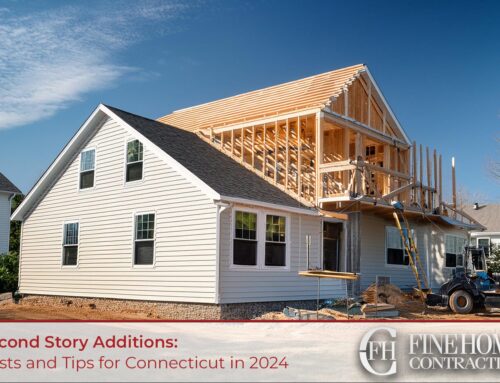Ever had one of those moments when everything seems peachy at home, and then, wham! Out of the blue, you’re hit with a repair so big it makes your wallet weep? Ah, the joys of homeownership, right? Well, buckle up, folks, because we’re about to dive deep into the murky waters of the most expensive home repairs that can turn any dream home into a financial nightmare. From the foundation that keeps your home steady to the roof that shelters you from storms, we’re covering all the bases to help you brace yourself (and your bank account) for the inevitable.
So, how about it? Ready to take a peek at what surprises might be lurking around the corner of your home sweet home? Let’s roll up our sleeves and get down to the nitty-gritty. After all, forewarned is forearmed, and who wouldn’t want to be a step ahead in this game of home maintenance roulette?
Foundation Repairs
The very ground your home stands on can sometimes be its biggest adversary. Foundation issues often manifest as cracks in walls, uneven floors, or doors that won’t close properly. The culprit? Soil movement beneath your home, which can be due to changes in moisture levels, improper drainage, or even the growth of tree roots.
Things to Check For:
- Crack Attack: Keep an eye out for cracks in the walls, especially where walls meet the ceiling or floors. Not all cracks are a sign of doom—some are just your house settling into its cozy spot on Earth. But if you see cracks that are wider than a quarter-inch, especially those that are horizontal or have a stairstep pattern in brick or block construction, it’s time to raise an eyebrow.
- Door Drama: Doors that used to close smoothly but now stick or won’t fully close could be singing the blues of foundation woes. Similarly, if doors suddenly start swinging open when they used to stay put, your foundation might be sending an SOS.
- Unlevel Ground: Noticed a bit of a slope in your floors lately, or feeling like you’re walking uphill in your own home? Floors that are visibly uneven or feel off-kilter can be a telltale sign of foundation issues.
- Gaps in the Story: If you start seeing gaps where your walls are supposed to meet your floors or ceilings, it’s like your house is trying to tell you something. Pay attention to these gaps—they’re not just quirky character traits of your home.
- Window Woes: Just like with doors, windows that suddenly become difficult to open or close might be hinting at foundation problems. If they used to work just fine and now you’re wrestling with them, it’s worth a closer look.
Root Cause: The most common villain here is water. Whether it’s from heavy rains, flooding, or poor water drainage, water can cause the soil to expand and contract, putting undue pressure on your foundation.
Usual Cost: Brace yourself—foundation repairs don’t come cheap, often ranging from $5,000 to a staggering $40,000, depending on the severity.
Preventative Measures: Keep water at bay by ensuring good drainage around your home. Gutters and downspouts should be clean and direct water away from your foundation. Also, consider installing a sump pump if you live in an area prone to flooding.
Roof Replacement
The roof, your home’s first line of defense against Mother Nature, can take a serious beating over time. Damage can come from aging materials, severe weather, or fallen debris, leading to leaks and structural damage.
Things to Check For:
- Visual Inspections: You don’t need to scale your roof like a superhero for this. From the safety of the ground, use binoculars to scout for missing, damaged, or curling shingles. Look out for any that seem out of place, discolored, or just plain funky.
- Granule Gathering: If you start finding granules from your shingles in your gutters or downspouts, it’s a sign they’re wearing out. These little specks might look harmless, but they’re actually the armor for your shingles, protecting them from the sun’s rays.
- Flash Forward: Check out the flashing around vents, chimneys, and skylights. These areas are prime spots for leaks since they’re penetrations in the roof. If the flashing looks bent, damaged, or has gaps, it’s time to take action.
- Sagging or Leaning: Notice any sagging areas on your roof? That’s not a good sign. A sagging roof can indicate structural issues, water damage, or both. It’s like your roof is wearing a heavy backpack and starting to slump under the weight.
Root Cause: The usual suspects are wear and tear from age and the elements, particularly in areas prone to extreme weather conditions like hail, heavy snow, or high winds.
Usual Cost: A new roof is no small investment, with costs typically ranging from $5,000 to $25,000, depending on the size of your home and the materials used.
Preventative Measures: Regular inspections can catch potential issues early. Replace missing or damaged shingles promptly and keep your gutters clean to prevent water damage.
HVAC System Replacement
Your HVAC system is the heart of your home’s comfort, regulating temperature and air quality. Over time, components wear out, or the system becomes less efficient, leading to complete failure.
Things to Check For:
- Unusual Noises: If your HVAC starts sounding like a band tuning up—think rattling, buzzing, or whistling—it’s a sign something’s off. These noises can indicate loose parts, electrical issues, or other internal problems.
- Skyrocketing Bills: Notice your energy bills climbing higher than usual, even without a spike in usage? This could be a red flag that your HVAC system is working overtime due to inefficiency or damage.
- Hot and Cold Spots: Feeling a chill in one room while sweating in another? Uneven heating or cooling is a classic sign that your HVAC system isn’t distributing air properly.
- Poor Airflow: If your vents are more like a gentle breeze than a strong airflow, there might be blockages, leaks, or damage within your ductwork or HVAC unit.
Root Cause: Regular wear and tear play a big role, but poor maintenance can accelerate the system’s decline.
Usual Cost: Replacing an HVAC system can cost anywhere from $5,000 to $10,000, with high-efficiency models or larger homes pushing the upper limits of that range.
Preventative Measures: Regular maintenance is key. Have your HVAC system serviced annually by a professional to keep it running smoothly and address any issues before they lead to a total breakdown.
Sewer Line Repairs
Below the surface, your sewer line could be silently suffering. Tree roots, aging pipes, or clogs can lead to backups or even a collapsed line, causing significant damage to your property.
Things to Check For:
- Slow Drains: If your sinks, showers, and toilets are draining slower than a lazy river, it might not just be a simple clog. Slow drains throughout your house can be a sign of a bigger issue with your sewer line.
- Gurgling Sounds: Keep an ear out for gurgling noises coming from your toilets or drains. It’s like your plumbing is trying to talk to you, and it’s saying there could be a blockage or damage in the sewer line.
- Foul Odors: Catching a whiff of something nasty in your yard or from your drains? That sewer smell is a red flag that there might be a crack or break in your sewer line, allowing gases to escape.
- Mysterious Puddles: Notice unexplained, soggy areas in your yard, even when it hasn’t rained? These could be the result of a leaking sewer line, seeping waste water into your lawn.
Root Cause (Pun Intended): Age and tree roots are the most common culprits, infiltrating tiny cracks in the pipes and gradually causing blockages or breaks.
Usual Cost: Repairing or replacing a sewer line can easily run between $3,000 and $25,000, depending on the extent of the damage and the difficulty of access.
Preventative Measures: Be mindful of what goes down the drain and avoid planting large trees near sewer lines. Consider regular inspections, especially if your home is older, to catch issues early on.
Termite Damage Repair
These tiny critters can cause colossal damage, eating away at the wooden structures of your home, often unnoticed until it’s too late.
Things to Check For:
- Discarded Wings: Keep an eye out for tiny, discarded wings around your home, especially near doors and windowsills. It’s a sign of termite swarms, where termites look to start new colonies.
- Mud Tubes: Termites are tiny architects and often build mud tubes to travel between their colony and their food source—your house. These pencil-sized tubes can usually be found near your home’s foundation.
- Hollow Sounds: Tap on your wooden structures, like walls, beams, and floors. If they sound hollow, termites might be having a feast inside. It’s like they’re turning your wood into Swiss cheese.
- Frass: This is a fancy word for termite droppings, which look like small, wood-colored pellets. Finding these near your wooden structures is a clear sign of drywood termite activity.
- Sagging Floors and Peeling Paint: Termites can cause floors to buckle and paint to bubble or peel, similar to water damage. If you see this without any signs of water issues, termites might be the culprits.
Root Cause: Termites are attracted to wood, particularly in moist conditions. Poor ventilation and drainage can create ideal environments for termite colonies to thrive.
Usual Cost: Termite damage repair can vary widely but expect costs to start at $3,000 and can skyrocket depending on the extent of the damage.
Preventative Measures: Regular termite inspections are crucial, especially in areas known for termite activity. Keep woodpiles away from your home’s foundation and ensure proper ventilation and drainage to discourage termite infestation.
Water Damage & Mold Remediation
Water damage can sneak up on you, resulting from leaks, flooding, or even high humidity. Left unchecked, it becomes the perfect breeding ground for mold, which can wreak havoc on your home and health.
Things to Check For:
- Keep Gutters Clean: Make sure your gutters and downspouts are free of debris. Clogged gutters can cause water to overflow and collect around your home’s foundation, leading to potential water damage.
- Check Roof Regularly: Inspect your roof periodically for missing, damaged, or aging shingles that might allow water to seep in. A well-maintained roof is your first line of defense against water damage.
- Proper Drainage: Ensure that your yard slopes away from your home to prevent water from pooling around your foundation. Water pooling can lead to foundation issues and water seeping into your basement or crawl spaces.
- Seal Windows and Doors: Check the seals around your windows and doors to ensure they’re watertight. Re-caulk or add weatherstripping where necessary to keep rainwater out.
- Monitor Indoor Humidity: Aim to keep indoor humidity levels between 30-50%. Use dehumidifiers in damp areas and run exhaust fans in bathrooms and kitchens to reduce moisture
For those seeking Water Damage Remediation, we’re happy to recommend Restoration 1 of Hartford County
Root Cause: The usual suspects include leaky roofs, busted pipes, or natural disasters. Poor ventilation can also contribute, allowing moisture to build up and mold to flourish.
Usual Cost: Costs can swing wildly, starting at $1,000 for minor repairs and mold removal, to $20,000 or more for extensive water damage and mold remediation in large areas.
Preventative Measures: Regularly inspect your home for leaks and address them promptly. Ensure good ventilation, particularly in high-moisture areas like bathrooms and kitchens. Consider a dehumidifier in damp spaces to keep humidity levels in check.
Electrical System Overhaul
Outdated or faulty electrical systems are not just expensive to fix; they’re a fire hazard. Issues often stem from old wiring, overloaded circuits, or outdated panels that can’t handle modern electrical demands.
Things to Check For:
- Routine Check-ups: Schedule regular inspections with a licensed electrician to ensure your electrical system is up to par. These pros can spot potential issues before they escalate.
- Mind Your Capacity: Be aware of your home’s electrical capacity. Overloading circuits with too many high-energy appliances can lead to tripped breakers and, worse, fire hazards.
- Safe Extension Use: Use extension cords wisely and sparingly. They’re not meant for permanent solutions. If you’re relying on them heavily, it’s a sign you need more outlets.
- Warm to the Touch: Pay attention to outlets and switches. If they’re warm to the touch, it could indicate an unsafe wiring condition or overload.
- Flickering Lights: Lights that flicker or dim when you use other appliances can indicate an overloaded circuit or a need for an electrical system upgrade.
- Tripping Breakers: Frequent breaker trips are your electrical system’s way of crying for help. It’s a clear sign that your current system can’t handle your electrical needs.
- Age of Your System: If your home is over 20 years old and hasn’t had an electrical upgrade, it’s likely time for a check-up. Older systems might not meet modern safety standards or support today’s average electricity usage.
- Knob and Tube Wiring: Particularly in homes built before the 1950s, knob and tube wiring might still be in use. While not inherently dangerous, it doesn’t meet current electrical codes and lacks the grounding of modern systems, making it incompatible with many of today’s appliances and devices. If your home has this type of wiring, consider an upgrade for safety and functionality.
- GFCI Outlets: Ensure that Ground Fault Circuit Interrupter (GFCI) outlets are installed in areas with moisture, like bathrooms, kitchens, and outdoors. These outlets can prevent electric shock and are a standard safety feature in modern electrical systems.
Root Cause: Aging infrastructure is the primary villain, especially in older homes that haven’t had electrical updates to keep pace with current technology and appliances.
Usual Cost: Rewiring a house or upgrading an electrical panel can cost between $3,000 and $20,000, depending on the home’s size and the project’s complexity.
Preventative Measures: Schedule an electrical inspection if your home is over 25 years old or if you’re experiencing frequent breaker trips or flickering lights. Avoid overloading outlets and use surge protectors to safeguard your electronics.
Further Reading
Diving deeper into the world of home maintenance and repair can empower you as a homeowner. Here are some recommended reads to broaden your knowledge and keep your home in prime condition:
- “Home Maintenance for Dummies” by James Carey and Morris Carey
- A comprehensive guide that covers the basics of home maintenance. From plumbing to electrical systems, this book breaks down complex topics into easy-to-understand advice.
- “The Complete Guide to Home Inspection” by Michael Litchfield and Roger C. Robinson
- This book offers insights into professional home inspection techniques, helping you spot potential issues before they become major problems.
- “Renovation 5th Edition: Completely Revised and Updated” by Michael Litchfield
- If you’re considering major upgrades or renovations, this book is a treasure trove of information, covering planning, budgeting, and best practices for a wide range of home improvement projects.
- The Family Handyman
- The Family Handyman
- A treasure trove for DIY enthusiasts, this site offers a vast array of tips, tutorials, and project ideas ranging from simple repairs to major renovations. Whether you’re a novice or a seasoned pro, there’s something here for everyone.
- This Old House
- This Old House
- This classic resource provides comprehensive information on a variety of home improvement and maintenance projects. With a mix of articles, videos, and step-by-step guides, it’s a go-to for both historical home lovers and modern-day DIYers.
- Bob Vila
- Bob Vila
- The name synonymous with home renovation and repair, Bob Vila’s website is packed with expert advice, how-to guides, and inspirational project ideas to tackle every corner of your home.

